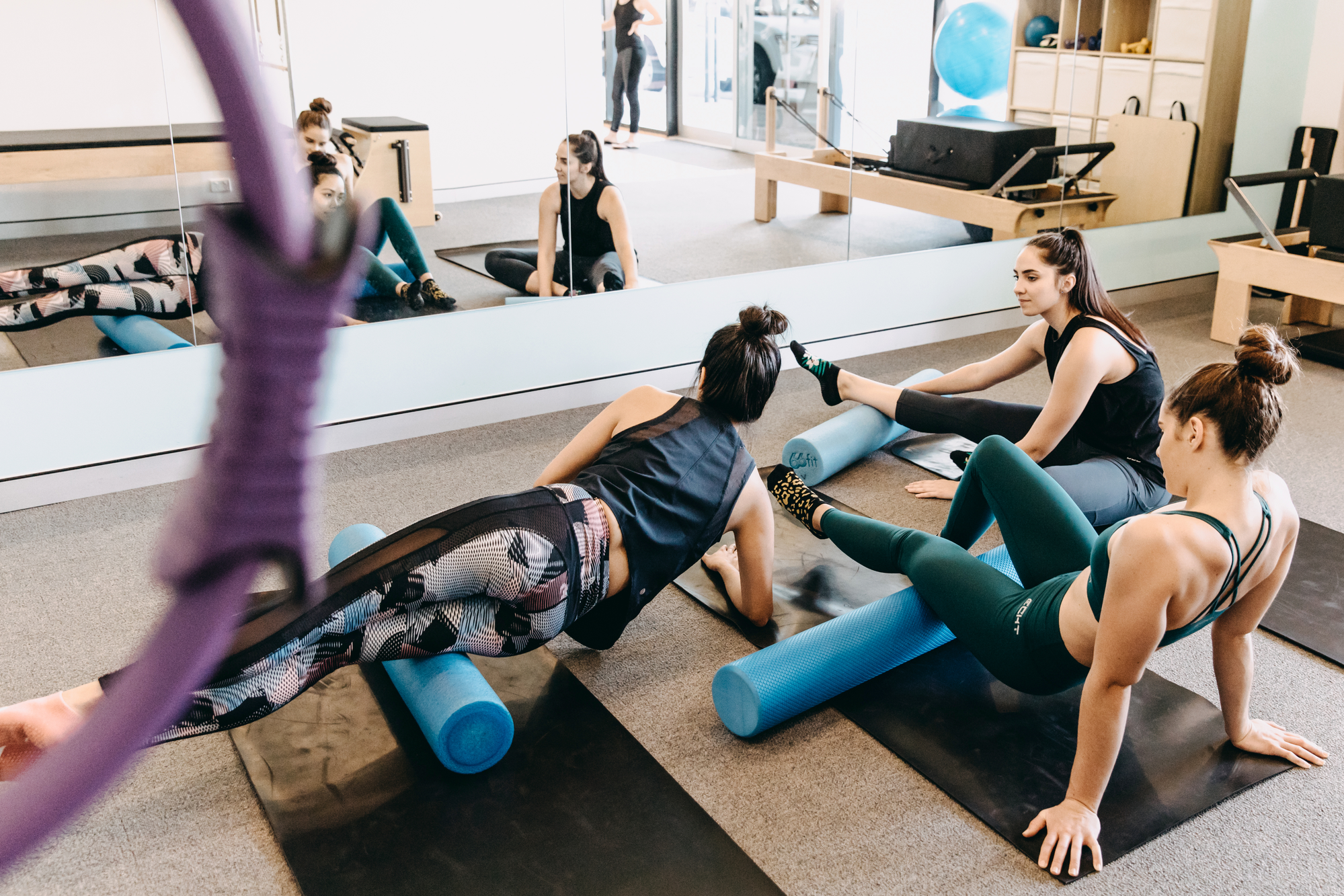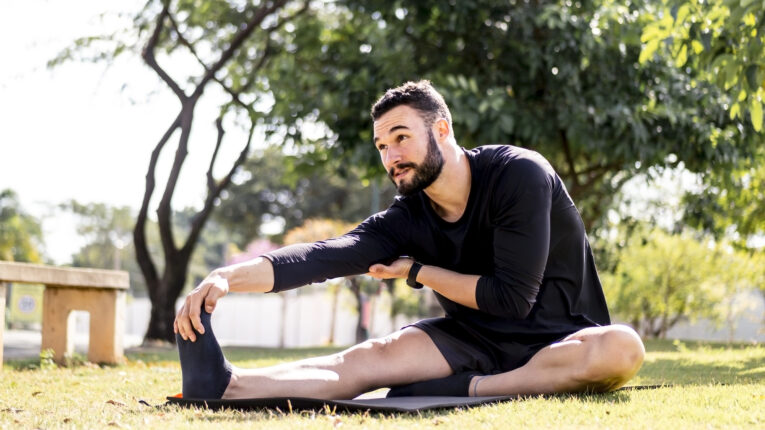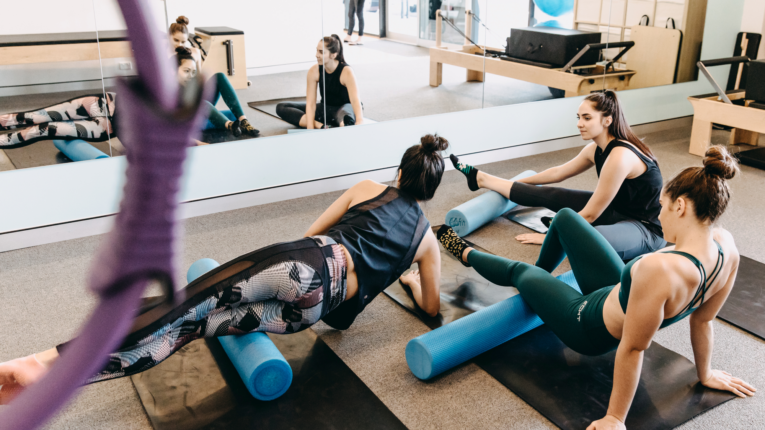6 Common Physio Myths Busted

Mixed messages about fitness can be confusing. It can be hard to separate fact from fiction.
Life Ready physiotherapists Jakub Chudy and Jordan Duncan bust 6 of the most common myths they hear when it comes to physio.
Myth 1 – Running is bad for your knees
Many people believe that arthritis is caused solely by wear and tear. However, research suggests this may not be the case.
The severity of arthritis can vary between patients. An experienced physiotherapist can take you through a patient history check and perform an assessment to help determine how severe it is.
“Scans are often not required to make a diagnosis of knee osteoarthritis (OA) or to determine the level of severity. Instead, they should be used sparingly to rule out more serious injuries, should it be suspected,” says, Jordan.
“If you have had a previous knee injury (such as meniscal damage) or pre-existing arthritis, it’s always wise to seek the guidance of a qualified health professional such as a physiotherapist before starting a new running program.”
Myth 2 – Lifting weights as you get older is harmful
From around the age of 40, we lose muscle mass at a rate of 3-8 per cent a decade and the loss of muscle mass can have a huge impact on health.¹
It can result in overall weakness and increase the risk of having a fall. It’s also linked to cognitive decline later in life.
An inactive lifestyle can increase the rate of muscle loss which is why exercising is important.
“Resistance training and lifting weights can help to maintain muscle mass,” says Jakub. “Everyone is different so it’s about finding the right approach and level of workout that’s right for you.”
In addition to increased muscle mass, resistance training can help improve bone density and posture, increase stamina and boost weight loss.²
Myth 3 – You shouldn’t bend your back
People often mistakenly think that bending their back puts them at risk of ‘doing a disc’, however most back injuries are caused by lifting incorrectly.
“People become fearful of bending their back, but severe back injuries are uncommon,” says Jakub.
A physio can help you overcome this fear by offering advice on how to move correctly and help you to become comfortable with bending your back.
“They can also suggest suitable exercises and provide advice on what potentially challenging movements can be avoided in the short term. Where appropriate hands-on treatment may be used to assist with recovery,” says Jakub.
Myth 4 – Arthritis means your body is worn out and you just must live with it
There are more than 100 types of arthritis. Depending on the type of arthritis you have, depends on how it affects you and how it can be treated.
“While arthritis isn’t curable, there are things that can help to alleviate the pain and help keep your joints moving,” advises Jordan.
Physios can help to maintain function by providing:
- individualised treatment and management plans
- exercise prescription
- lifestyle advice
Physios also aim to delay or completely avoid joint replacement surgery.
“There is a misconception that you can’t exercise with arthritis,” says Jordan. “Recent evidence has shown that exercising with arthritis is not only safe but has been shown to decrease pain in the short and long term.”
Myth 5 – You can’t go to physio if you’re in pain
Physios are trained to manage pain and give advice on how to improve movement to keep pain under control. They also use a variety of physical techniques to assist the healing process with techniques such as;
- massage and education
- exercises prescription
- dry needling
- stretching
Myth 6 – You need a referral to see a physio
You don’t need a referral to visit a physio, you can make an appointment yourself at any time.
“Physios are trained as primary care practitioners,” says Jordan. This means they are trained in the diagnosis and management of a wide range of musculoskeletal conditions.
“They are also trained to screen for more serious injuries and can refer on for medical management should it needed.”
References
¹ https://aimss.org.au/research/about-musculoskeletal-diseases/sarcopenia/ ² https://arthritisaustralia.com.au/managing-arthritis/living-with-arthritis/physical-activity-and-exercise/strength-training/#:~:text=improve%20mobility%20and%20balance,more%20calories%2C%20even%20at%20rest)




